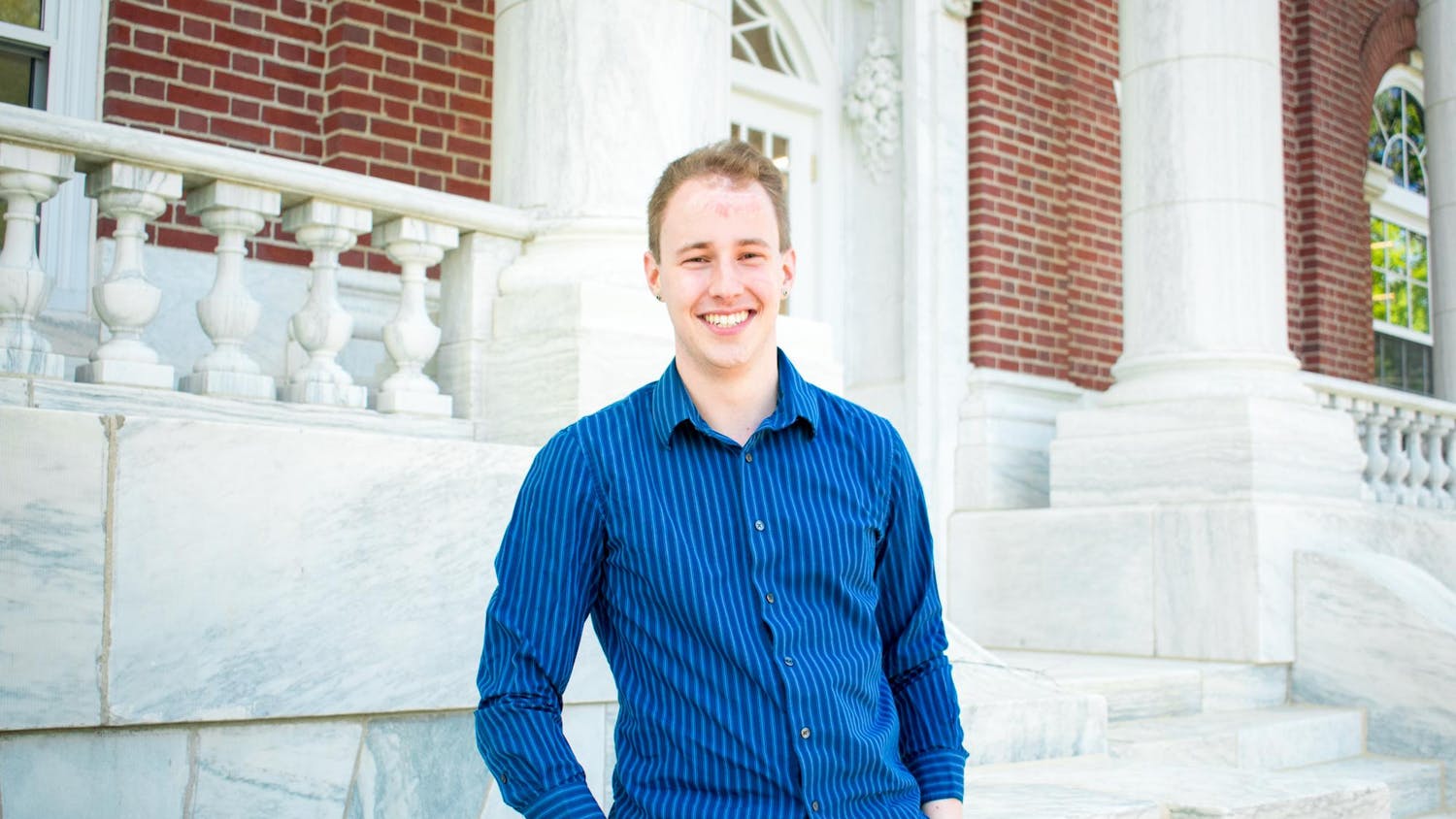Tufts University Art Galleries' its new exhibition, “Walls Turned Sideways: Artists Confront the Justice System,” Thursday at the Tisch and Koppelman Galleries in Aidekman Arts Center. The exhibition compiles works by dozens of artists critiquing the criminal justice system in the United States. A reception and talk by curator Risa Puleo and participating artist Autumn Knight followed. An ambitious slate of additional programming is set to accompany the show, including faculty talks elaborating on the show’s key themes and a two-day symposium.
“Walls Turned Sideways” comes to Tufts from the Contemporary Arts Museum in Houston. According to a museum press release, it is “the largest and most comprehensive museum presentation to investigate the criminal justice system in the United States.”Its title quotes activist and author Angela Davis: “Walls turned sideways are bridges.”
Over 30 artists contributed to “Walls Turned Sideways,” and the result is a dense library of perspective, theme and material that would take days to pore through in its entirety. The wealth of subject matter is organized thematically into six sections: Ground, Profile, Arrest, Process, Exits and Incarcerate. It’s not required that one brush up on the sections before visiting the gallery, but those interested can find an overview on the exhibition’s web page. The exhibition itself weaves the contents of these sections together rather than separating them out; the thematic category of each piece is indicated not by its location in the gallery but by a color-coded label in the corner of its plaque.
For those drawn to this exhibition by an interest in criminal justice, the themes will be familiar: police brutality, racial profiling and the prison system, among others. It’s precisely that familiarity which makes this collection special and its exhibition urgent. Art specializes in dismantling tropes, which makes it an ideal instrument for provoking meaningful engagement with the systemic cruelty to which many Americans have — perhaps willingly — become desensitized.
"Walls Turned Sideways" doesn't waste this opportunity. It’s stuffed with videos, projections, a comic book, stacks of images, an interactive map tucked into a dividing wall. The space crackles with motion and urgency. Many of the works are cleverly designed to withhold information from the viewer, asking them to choose what, when and how much they are willing to process. Beneath the power to curate one’s own experience beats a pulse of responsibility: If you don’t flip the pages of the books or leaf through the stacks of photographs, their contents will remain covered. It’s a masterful manipulation of the ethos of a gallery environment, carefully crafted to forge a connection between viewer and subject.
Like the works themselves, the exhibition aspires to create an impact in its host community. One of the ways it seeks to do this is with a full schedule of supplementary programming designed to elaborate on the issues raised by the works. Among the planned events is a faculty talk by Assistant Professor Diana Martinez on Feb. 12. The highlight of the program is a two-day symposium on March 5–6, which will place the participating artists themselves “in dialogue with scholars, advocates and activists.”
The confluence between art and activism in “Walls Turned Sideways” drills to the core of what art is and what it aspires to do. Abstraction is rare, but illusion abounds; many of these pieces blur the line between reality and art. It could be argued that all art, intentionally or otherwise, builds bridges between ideas and people. A work of social commentary wears this directive on its sleeve, and thus faces the additional challenge of convincing the viewer to care about its subject without scaring them off. “Walls Turned Sideways” is a masterclass in the art of protest as much as a stunning visual biography of the American criminal justice system and the deafening silence on which it feeds.
“Walls Turned Sideways” will be on display through April 19.
More from The Tufts Daily





